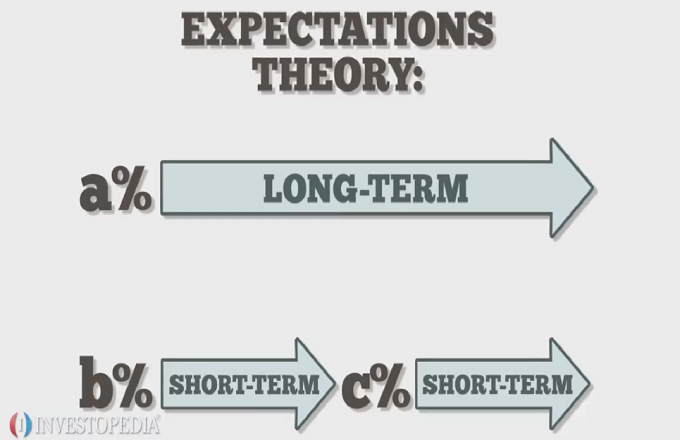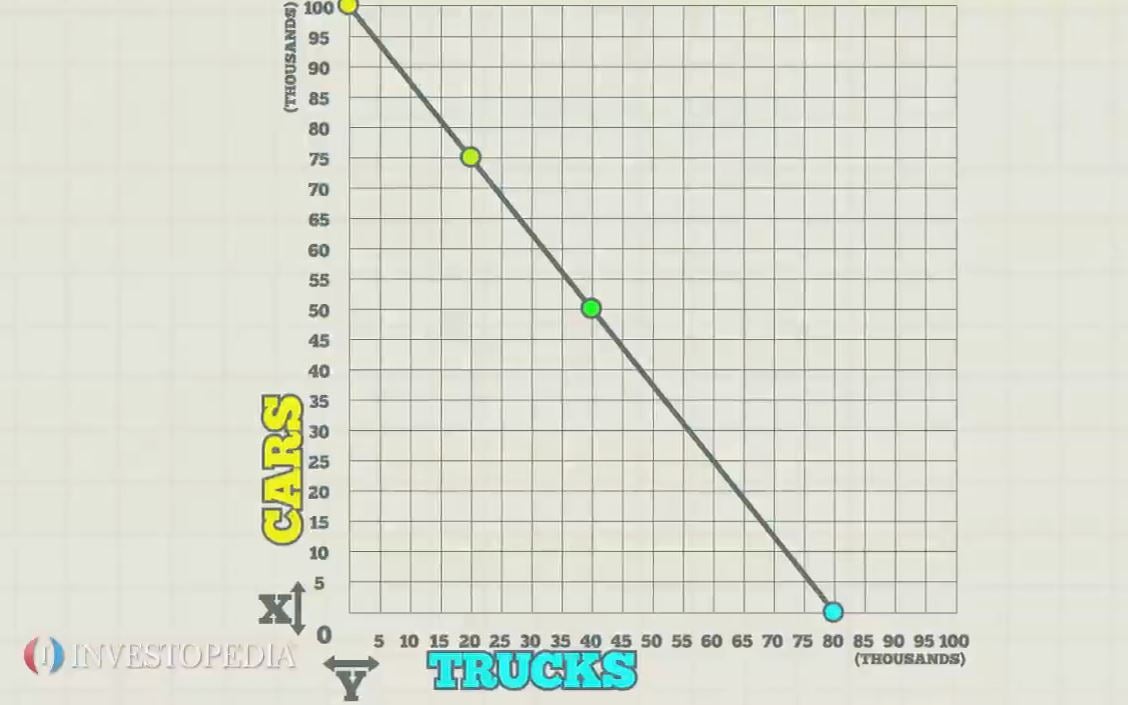The risk premium is the return in excess of the risk-free rate of return that an investment is expected to yield. An asset's risk premium is a form of compensation for investors who tolerate the extra risk in an investment - compared to that of a risk-free asset.There are three steps to calculating the risk premium: (1) estimate the expected return on your given stock, (2) estimate the expected return on a “risk-free” bond and (3) subtract the difference to get the risk premium. Step 1 – Estimate Returns on a Stock The earnings-based model says that expected return is equal to the earnings yield (the stock’s EPS for the last 12-months, divided by the current market price per share). The dividend model says that expected return equals dividend yield (annual dividends per share / price per share) plus growth in dividends (all in a percentage). Step 2 – Find the "Risk-Free" Rate The nearest thing to a risk-free investment is a US Treasury bond. Choose a U.S. treasury bond whose time period matches the length of time within which your investment's return would be calculated. Step 3 - Subtract the Estimated Bond Return from the Estimated Stock Return The estimated stock return minus the estimated bond return equals the estimated equity risk premium. A stock with an estimated return of 5% compared to a bond with a return of 2% would equal a 3% estimated risk premium. 5% - 2% = 3%. If the stock’s estimated return was less than a bond’s, then the bond would be the smarter choice, since it has less risk.





